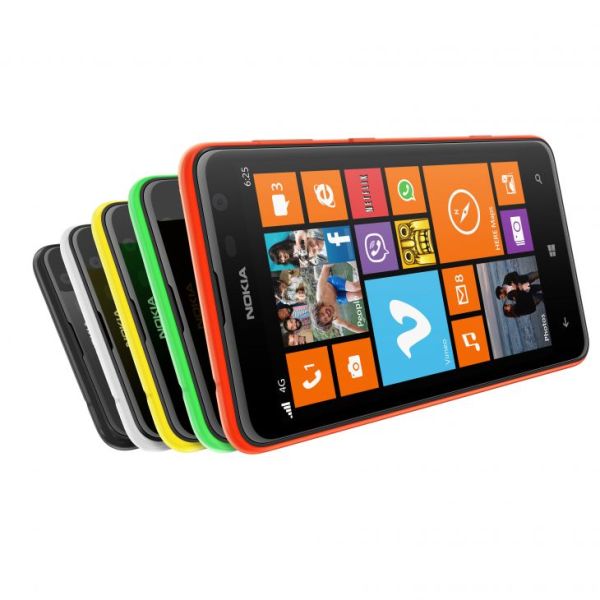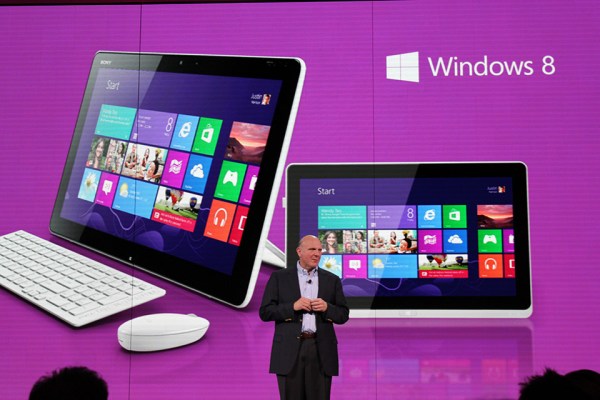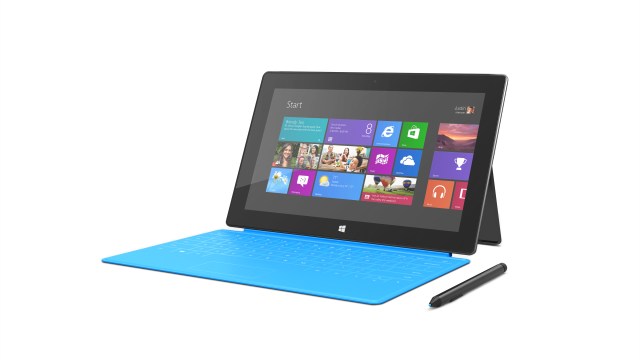The final shoe has dropped in the massive, wholesale re-organization of Microsoft. It began in July and saw all the department heads changed in an effort to focus on hardware and services and make the company’s various product groups work more closely together and be more cohesive. Yes, CEO Steve Ballmer is out, having announced he will retire within 12 months.
Say what you want about Microsoft, but the company has held on through a time of tumultuous change in the technology industry. When Ballmer took over the CEO role from founder Bill Gates in 2000, the company was dealing with one of the largest anti-trust battles in U.S. history, due to having used its dominant position in the PC market with Windows to take out competitors, like Netscape’s Navigator web browser, which competed against Microsoft’s Internet Explorer.
Microsoft today has some successes in gaming, the enterprise and cloud, to be sure. For example, as TechCrunch noted earlier this month, Microsoft’s cloud computing product, Azure, recorded $1 billion in revenue over the past 12 months it was reported in April, and Office 365 is currently generating revenue at a run rate of $1.5 billion per year, and growing. And the Xbox 360 is far from dead.
But the company has been struggling to shift with the sea change that is the end of the PC era and the shift to mobile. PC shipments were down 14 percent year-over-year in the first quarter of 2013 — their worst decline ever — and they were down by 11 percent the next. Meanwhile, tablets may begin to outsell PCs by Q2 2014. But Microsoft’s own entrant into this space, the Microsoft Surface, hasn’t been selling. The company even had to take a giant $900 million writedown last quarter because of unsold Surface RTs, the ARM-based version of the Microsoft Surface tablet computer.
Meanwhile, Microsoft’s performance in mobile computing still leaves much to be desired, as well. The Windows Phone operating system, and the devices from the leading Windows Phone OEM, Nokia, are seeing expanded shipments, but the OS is still competing for third place in a smartphone market dominated by Apple and Google’s Android.

While Ballmer may have gotten Microsoft through its days of antitrust battles still intact, instead of having to split up into different units, he hasn’t been able to help Microsoft take a leading position in the emerging post-PC era. To be fair, anyone running a company like Microsoft would have similar issues. This is an enormous organization, and a business which thrived at at time when putting a PC in everyone’s home was a real and achievable mission. Microsoft led that march. But now, computing is everywhere — people hold the world’s information in their pockets and expect a suite of complementary services to help them access and manage their work, life, and entertainment while on the go.
To be successful in the new mobile-first era, a company needs to have a cohesive strategy across all the devices that users carry. Yet Microsoft is not known for the interoperability of its internal units — a problem the recent re-org aimed to address.
As Ballmer wrote at the time of Windows head Steve Sinofksy’s dismissal, it’s “imperative that we continue to drive alignment across all Microsoft teams, and have more integrated and rapid development cycles for our offerings.” He later appointed former Windows co-leader and a then favorite for the CEO position Julie Larson-Green to lead the Windows engineering group, citing specifically her “proven ability to work across product groups,” among the reasons for the change.
Now a new CEO will step in, and potentially shake things up again, leading some to wonder if all the changes just introduced are now only temporary.
The antitrust days were a tough time for Microsoft and Ballmer, but whomever steps in to fill Ballmer’s shoes will be left to deal with a lot of problems of their own. Microsoft lost a lot of ground to Apple, Google and Samsung by being late with Windows Phone, which launched in fall 2010 as Windows Phone 7, before transitioning to a new kernel two years later. The market has barely gotten a taste of Windows Phone as it’s meant to be. But now the strategy has to include not just trying to compete at the high end with Apple and flagship Android devices like the Google Nexus phones and the Galaxy line from Samsung, but also on the low end where Microsoft could win share in emerging and developing markets. This is no small undertaking.
Today, out come the short lists of possible CEOs capable of taking on these challenges. Names that come up repeatedly include COO Kevin Turner, (downgraded by re-org); EVP of Marketing Tami Reller; EVP Tony Bates, former Skype president now head of BD; and EVP Satya Nadella, president of Servers and Tools. And there’s all that speculation that maybe Nokia CEO Stephen Elop, was actually sent over to shape the flailing smartphone maker into Microsoft’s next mobile hardware division. Whether that was really the case, Elop has done just that. That could be a big surprise, and definitely a shakeup, to bring him back into the fold.
But all we know right now is this: one person who won’t be the new CEO is Bill Gates.

